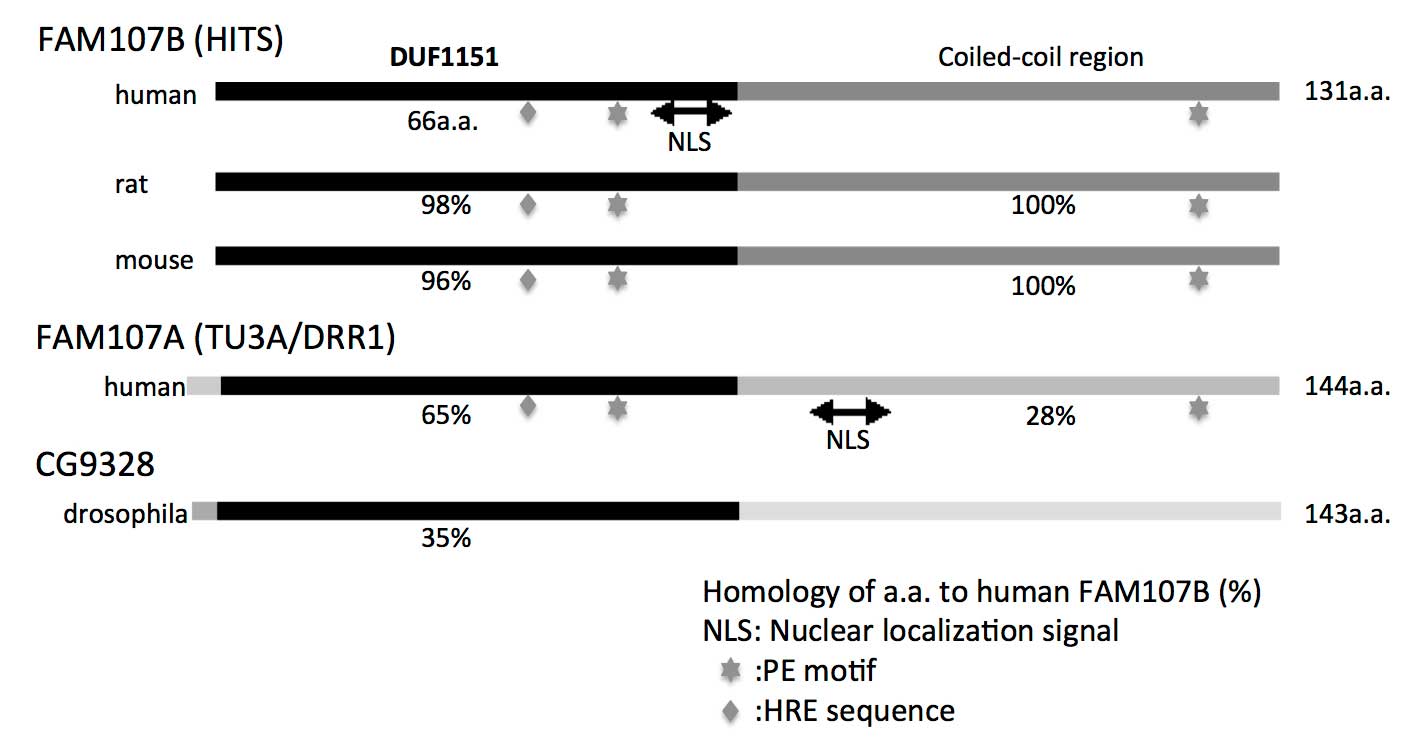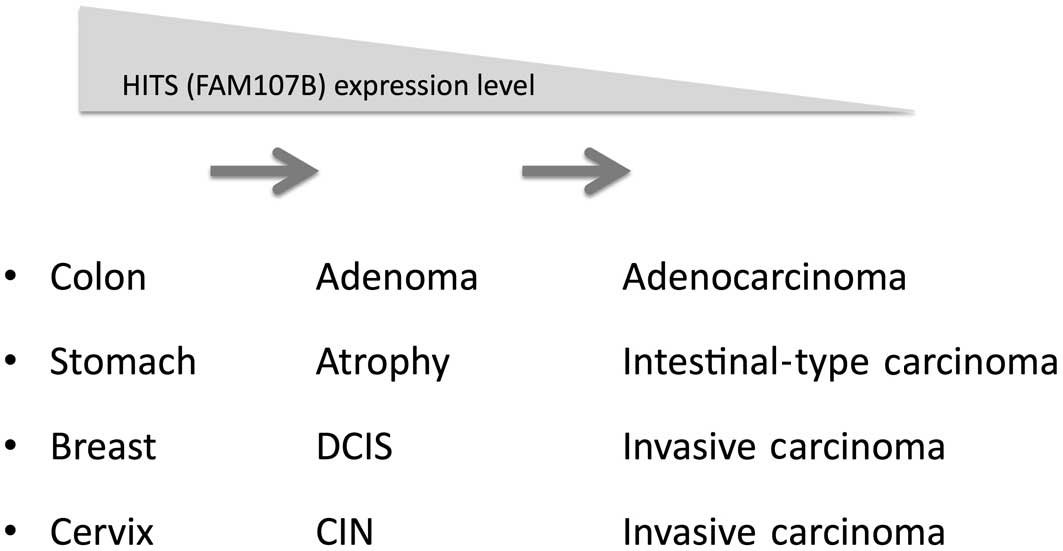|
1
|
Rual JF, Venkatesan K, Hao T, et al:
Towards a proteome-scale map of the human protein-protein
interaction network. Nature. 437:1173–1178. 2005. View Article : Google Scholar : PubMed/NCBI
|
|
2
|
Ewing RM, Chu P, Elisma F, et al:
Large-scale mapping of human protein-protein interactions by mass
spectrometry. Mol Syst Biol. 3:892007. View Article : Google Scholar : PubMed/NCBI
|
|
3
|
Stelzl U, Worm U, Lalowski M, et al: A
human protein-protein interaction network: a resource for
annotating the proteome. Cell. 122:957–968. 2005.PubMed/NCBI
|
|
4
|
Wang YL, Faiola F, Xu M, Pan S and
Martinez E: Human ATAC is a GCN5/PCAF-containing acetylase complex
with a novel NC2-like histone fold module that interacts with the
TATA-binding protein. J Biol Chem. 283:33808–33815. 2008.
View Article : Google Scholar : PubMed/NCBI
|
|
5
|
Frijters R, Fleuren W, Toonen EJ, et al:
Prednisolone-induced differential gene expression in mouse liver
carrying wild type or a dimerization-defective glucocorticoid
receptor. BMC Genomics. 11:3592010. View Article : Google Scholar
|
|
6
|
Yamato T, Orikasa K, Fukushige S, Orikasa
S and Horii A: Isolation and characterization of the novel gene,
TU3A, in a commonly deleted region on 3p14.3→p14.2 in renal cell
carcinoma. Cytogenet Cell Genet. 87:291–295. 1999.PubMed/NCBI
|
|
7
|
Wang L, Darling J, Zhang JS, Liu W, Qian
J, Bostwick D, Hartmann L, Jenkins R, Bardenhauer W, Schutte J,
Opalka B and Smith DI: Loss of expression of the DRR 1 gene at
chromosomal segment 3p21.1 in renal cell carcinoma. Genes
Chromosomes Cancer. 27:1–10. 2000. View Article : Google Scholar : PubMed/NCBI
|
|
8
|
van den Boom J, Wolter M, Blaschke B,
Knobbe CB and Reifenberger G: Identification of novel genes
associated with astrocytoma progression using suppression
subtractive hybridization and real-time reverse
transcription-polymerase chain reaction. Int J Cancer.
119:2330–2338. 2006.
|
|
9
|
Vanaja DK, Ballman KV, Morlan BW, et al:
PDLIM4 repression by hypermethylation as a potential biomarker for
prostate cancer. Clin Cancer Res. 12:1128–1136. 2006. View Article : Google Scholar : PubMed/NCBI
|
|
10
|
Awakura Y, Nakamura E, Ito N, Kamoto T and
Ogawa O: Methylation-associated silencing of TU3A in human cancers.
Int J Oncol. 33:893–899. 2008.PubMed/NCBI
|
|
11
|
Liu Q, Zhao XY, Bai RZ, et al: Induction
of tumor inhibition and apoptosis by a candidate tumor suppressor
gene DRR1 on 3p21.1. Oncol Rep. 22:1069–1075. 2009.PubMed/NCBI
|
|
12
|
Kholodnyuk ID, Kozireva S, Kost-Alimova M,
Kashuba V, Klein G and Imreh S: Down regulation of 3p genes, LTF,
SLC38A3 and DRR1, upon growth of human chromosome 3-mouse
fibrosarcoma hybrids in severe combined immunodeficiency mice. Int
J Cancer. 119:99–107. 2006. View Article : Google Scholar : PubMed/NCBI
|
|
13
|
Zhao XY, Liang SF, Yao SH, et al:
Identification and preliminary function study of Xenopus
laevis DRR1 gene. Biochem Biophys Res Commun. 361:74–78. 2007.
View Article : Google Scholar : PubMed/NCBI
|
|
14
|
Le PU, Angers-Loustau A, de Oliveira RM,
et al: DRR drives brain cancer invasion by regulating
cytoskeletal-focal adhesion dynamics. Oncogene. 29:4636–4647. 2010.
View Article : Google Scholar : PubMed/NCBI
|
|
15
|
Dudley A, Sater M, Le PU, et al: DRR
regulates AKT activation to drive brain cancer invasion. Oncogene.
Oct 21–2013.(Epub ahead of print). View Article : Google Scholar
|
|
16
|
Nakajima H, Ishigaki Y, Xia QS, et al:
Induction of HITS, a newly identified family with sequence
similarity 107 protein (FAM107B), in cancer cells by heat shock
stimulation. Int J Oncol. 37:583–593. 2010. View Article : Google Scholar : PubMed/NCBI
|
|
17
|
Nakajima H, Koizumi K, Tanaka T, et al:
Loss of HITS (FAM107B) expression in cancers of multiple organs:
Tissue microarray analysis. Int J Oncol. 41:1347–1357.
2012.PubMed/NCBI
|
|
18
|
Bosch FX and de Sanjosé S: Chapter 1:
Human papillomavirus and cervical cancer - burden and assessment of
causality. J Natl Cancer Inst Monogr. 2003:3–13. 2003. View Article : Google Scholar : PubMed/NCBI
|
|
19
|
Ding L, Ellis MJ, Li S, et al: Genome
remodelling in a basal-like breast cancer metastasis and xenograft.
Nature. 464:999–1005. 2010. View Article : Google Scholar : PubMed/NCBI
|
|
20
|
Dai C, Whitesell L, Rogers AB and
Lindquist S: Heat shock factor 1 is a powerful multifaceted
modifier of carcinogenesis. Cell. 130:1005–1018. 2007. View Article : Google Scholar : PubMed/NCBI
|
|
21
|
Khalil AA, Kabapy NF, Deraz SF and Smith
C: Heat shock proteins in oncology: diagnostic biomarkers or
therapeutic targets? Biochim Biophys Acta. 1816:89–104.
2011.PubMed/NCBI
|
|
22
|
Asano Y, Kishida S, Mu P, Sakamoto K,
Murohara T and Kadomatsu K: DRR1 is expressed in the developing
nervous system and downregulated during neuroblastoma
carcinogenesis. Biochem Biophys Res Commun. 394:829–835. 2010.
View Article : Google Scholar : PubMed/NCBI
|
|
23
|
Schmidt MV, Schulke JP, Liebl C, et al:
Tumor suppressor down-regulated in renal cell carcinoma 1 (DRR1) is
a stress-induced actin bundling factor that modulates synaptic
efficacy and cognition. Proc Natl Acad Sci USA. 108:17213–17218.
2011. View Article : Google Scholar : PubMed/NCBI
|
|
24
|
Slezak M, Korostynski M, Gieryk A, et al:
Astrocytes are a neural target of morphine action via
glucocorticoid receptor-dependent signaling. Glia. 61:623–635.
2013. View Article : Google Scholar : PubMed/NCBI
|
|
25
|
Shao L and Vawter MP: Shared gene
expression alterations in schizophrenia and bipolar disorder. Biol
Psychiatry. 64:89–97. 2008. View Article : Google Scholar : PubMed/NCBI
|
|
26
|
Tastemir D, Demirhan O and Sertdemir Y:
Chromosomal fragile site expression in Turkish psychiatric
patients. Psychiatry Res. 144:197–203. 2006. View Article : Google Scholar : PubMed/NCBI
|
|
27
|
Paunio T, Arajarvi R, Terwilliger JD, et
al: Linkage analysis of schizophrenia controlling for population
substructure. Am J Med Genet B Neuropsychiatr Genet. 150B:827–835.
2009. View Article : Google Scholar : PubMed/NCBI
|
|
28
|
Greenwood TA, Swerdlow NR, Gur RE, et al:
Genome-wide linkage analyses of 12 endophenotypes for schizophrenia
from the Consortium on the Genetics of Schizophrenia. Am J
Psychiatry. 170:521–532. 2013. View Article : Google Scholar : PubMed/NCBI
|
|
29
|
Cichon S, Schumacher J, Muller DJ, et al:
A genome screen for genes predisposing to bipolar affective
disorder detects a new susceptibility locus on 8q. Hum Mol Genet.
10:2933–2944. 2001. View Article : Google Scholar : PubMed/NCBI
|
|
30
|
Marcheco-Teruel B, Flint TJ, Wikman FP, et
al: A genome-wide linkage search for bipolar disorder
susceptibility loci in a large and complex pedigree from the
eastern part of Cuba. Am J Med Genet B Neuropsychiatr Genet.
141B:833–843. 2006. View Article : Google Scholar : PubMed/NCBI
|
|
31
|
Etain B, Mathieu F, Rietschel M, et al:
Genome-wide scan for genes involved in bipolar affective disorder
in 70 European families ascertained through a bipolar type I
early-onset proband: supportive evidence for linkage at 3p14. Mol
Psychiatry. 11:685–694. 2006. View Article : Google Scholar
|
|
32
|
Mathieu F, Dizier MH, Etain B, et al:
European collaborative study of early-onset bipolar disorder:
evidence for genetic heterogeneity on 2q14 according to age at
onset. Am J Med Genet B Neuropsychiatr Genet. 153B:1425–1433. 2010.
View Article : Google Scholar : PubMed/NCBI
|
|
33
|
Ylisaukko-oja T, Nieminen-von Wendt T,
Kempas E, et al: Genome-wide scan for loci of Asperger syndrome.
Mol Psychiatry. 9:161–168. 2004. View Article : Google Scholar : PubMed/NCBI
|
|
34
|
Rehnstrom K, Ylisaukko-oja T, Nieminen-von
Wendt T, et al: Independent replication and initial fine mapping of
3p21–24 in Asperger syndrome. J Med Genet. 43:e62006.PubMed/NCBI
|
|
35
|
Salyakina D, Ma DQ, Jaworski JM, et al:
Variants in several genomic regions associated with asperger
disorder. Autism Autism Res. 3:303–310. 2010. View Article : Google Scholar : PubMed/NCBI
|
|
36
|
So AY, Chaivorapol C, Bolton EC, Li H and
Yamamoto KR: Determinants of cell- and gene-specific
transcriptional regulation by the glucocorticoid receptor. PLoS
Genet. 3:e942007. View Article : Google Scholar : PubMed/NCBI
|
|
37
|
Kuo T, Lew MJ, Mayba O, Harris CA, Speed
TP and Wang JC: Genome-wide analysis of glucocorticoid
receptor-binding sites in myotubes identifies gene networks
modulating insulin signaling. Proc Natl Acad Sci USA.
109:11160–11165. 2012. View Article : Google Scholar : PubMed/NCBI
|












